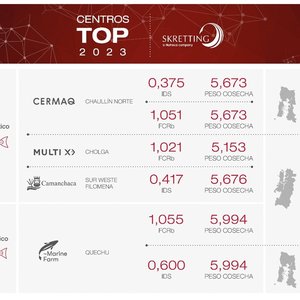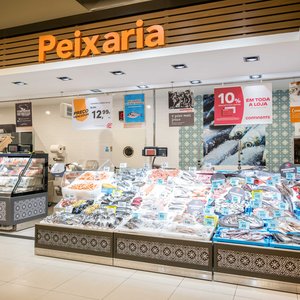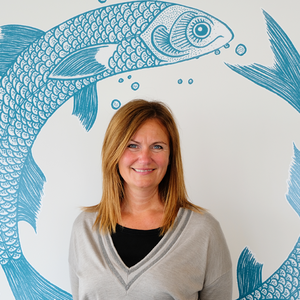In 2016, EU fisheries for non-food use constituted approximately 20% of the catches in volume and 3% in value. The main catching Member State was Denmark, accounting for 78% of total EU landings in volume. The catches for non-food use goes mainly to the production of fishmeal and fish oil, while small volumes are utilized as bait in fisheries or feed in zoos. The EU produces approximately 500.000 tonnes of fishmeal and 120.000 tonnes of fish oil each year, for which Denmark is the largest producing nation. Fishmeal and fish oil are in great demand as an ingredient in the feed used in aquaculture in the EU and Norway.
The most important species for the production of fishmeal and fish oil in the EU are sandeel, Norway pout, blue whiting, sprat, and boarfish. A small amount of herring might also be sold to the reduction industry (25% in 2016). In years with high quotas, capelin is also an important raw material for fishmeal and fish oil producers, but mainly in other European countries, such as Iceland and Norway.
Total values of non-food-use fisheries in the EU were nearly EUR 222 million in 2016 (i.e. 3% of total value of EU fisheries). Danish fisheries accounted for 77% of the total value (EUR 172 million). In Denmark, nonfood-use fisheries represented 31% of total national fisheries in value.
Read the Case Study included in the EUMOFA Monthly Highlights 10/2017







